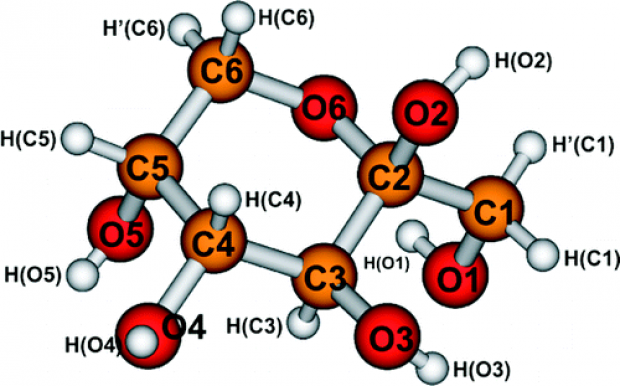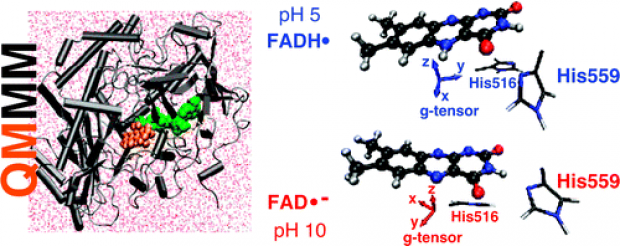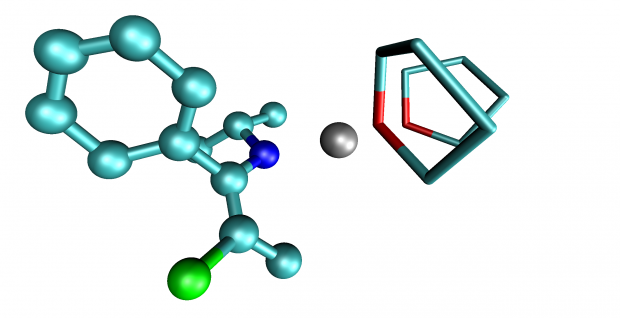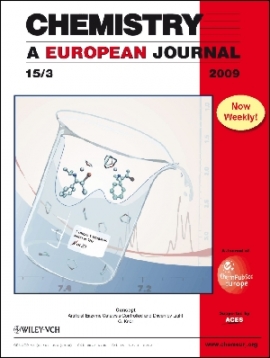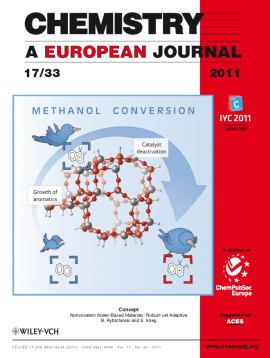Structures of cyclic dipeptides: an X-ray and computational study of cis- and trans-cyclo(Pip-Phe), cyclo(Pro-Phe) and their N-methyl derivatives
Abstract
The crystal structures of eight cyclodipeptides are determined, incorporating pipecolic acid or proline and phenylalanine or N-methyl phenylalanine. This set of structures allows the evaluation of the effects on molecular conformation and crystal packing of imino acid ring-size, relative configuration of the two amino acids, and N-methylation. In the non-methylated compounds, hydrogen-bonding interactions form one-dimensional motifs that dominate the packing arrangement. Three compounds have more than one symmetry-independent molecule in the asymmetric unit (Z' > 1), indicative of a broad and shallow molecular energy minimum. Density functional theory calculations reveal the interplay between inter- and intramolecular factors in the crystals. Only for the N-methylated compounds do simulations of the molecules in the isolated state succeed to reproduce the observed crystallographic conformations. Puckering of the diketopiperazine ring and the deviation from planarity of the amide bonds are not reproduced in the remaining compounds. Cluster in vacuo calculations with a central cyclodipeptide molecule surrounded by hydrogen-bound molecules establish that hydrogen bonding is of major importance but that other intermolecular interactions must also contribute substantially to the crystal structure. More advanced periodic calculations, incorporating the crystallographic environment to the full extent, are necessary to correctly describe all the conformational features of these cyclodipeptide crystals.

 Open Access version available at
Open Access version available at 